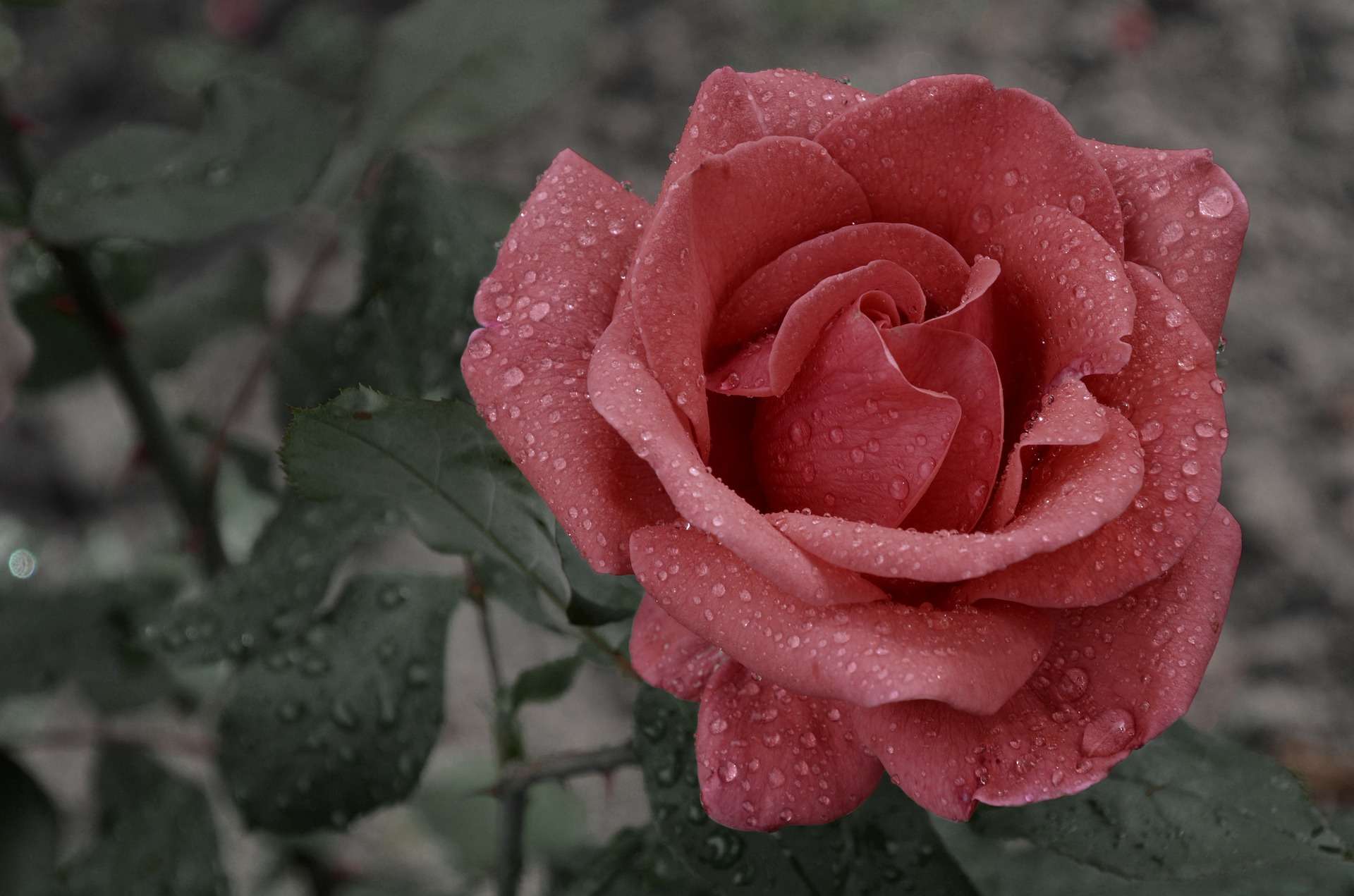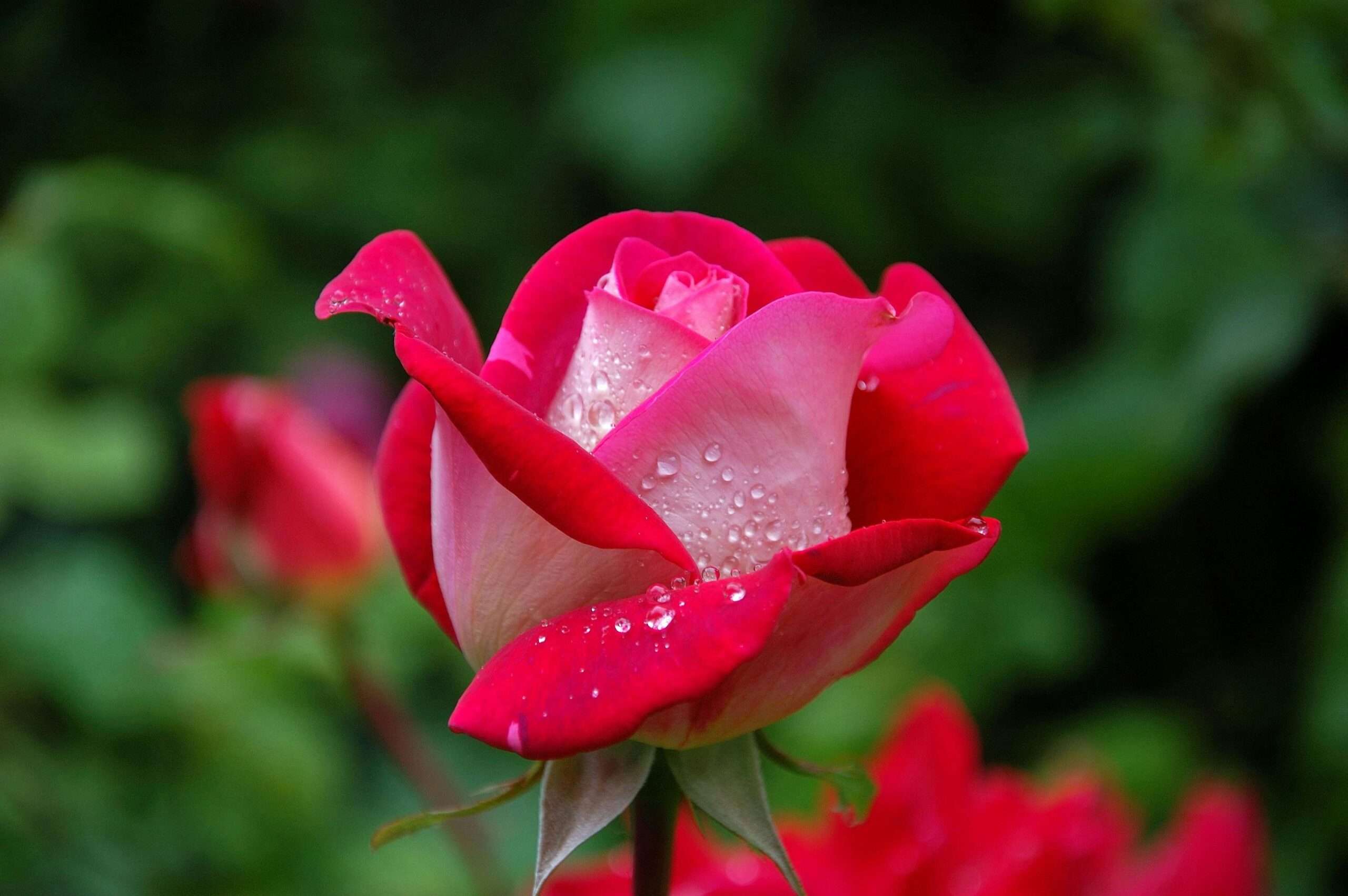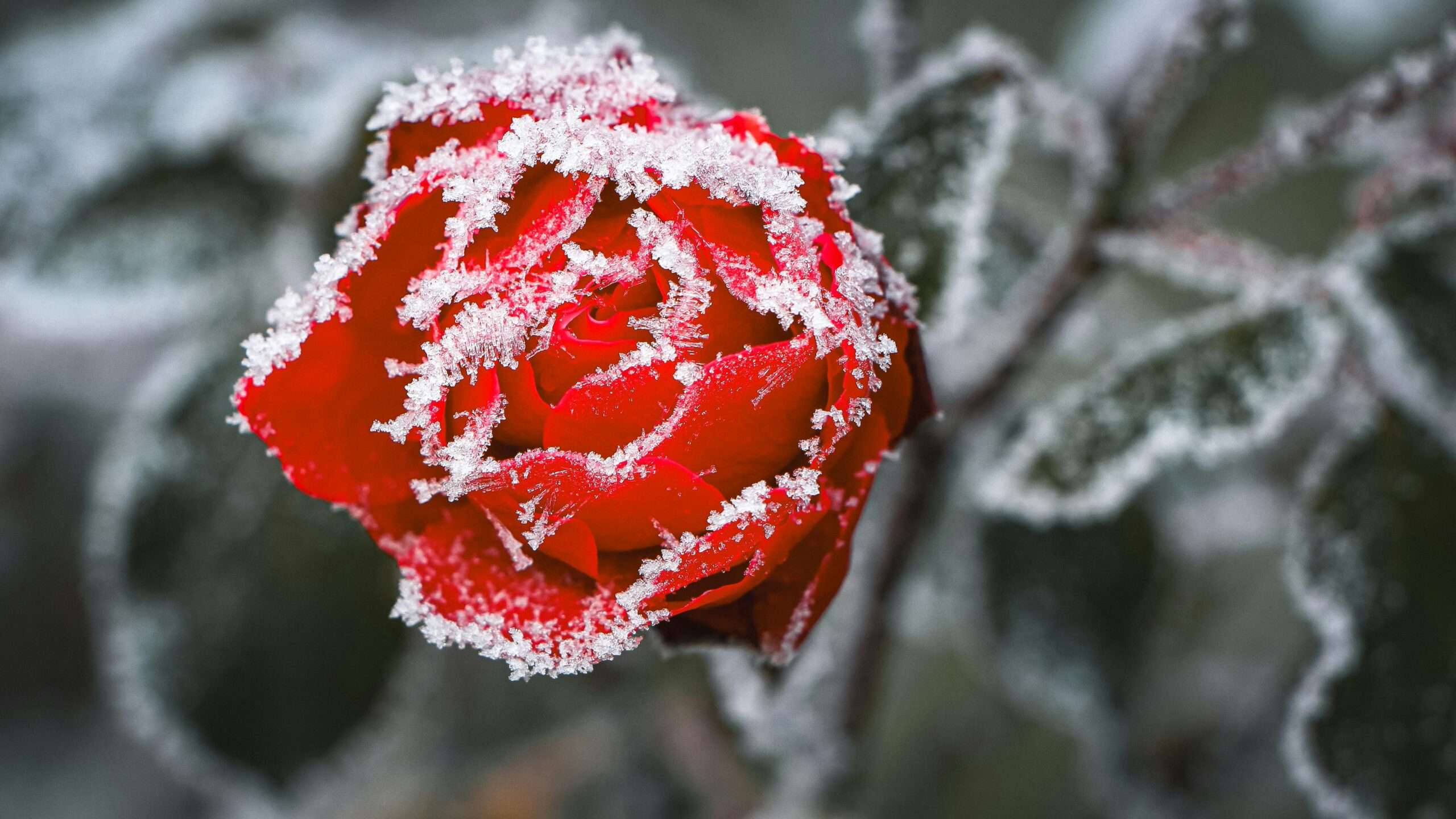Ah, roses! They’re like the divas of the garden—fragrant, beautiful, and occasionally dramatic. Whether you’re a seasoned green thumb or just a plant enthusiast with dreams of botanical fame, figuring out where roses thrive best is the first step to creating a garden masterpiece. This guide is your backstage pass to understanding everything from sunlight preferences and soil types to weather whims that make roses sing with joy (and sometimes sigh dramatically).
by reading this blog you will know best place for roses to grow
Table of Contents
Understanding the Ideal Location for Growing Roses
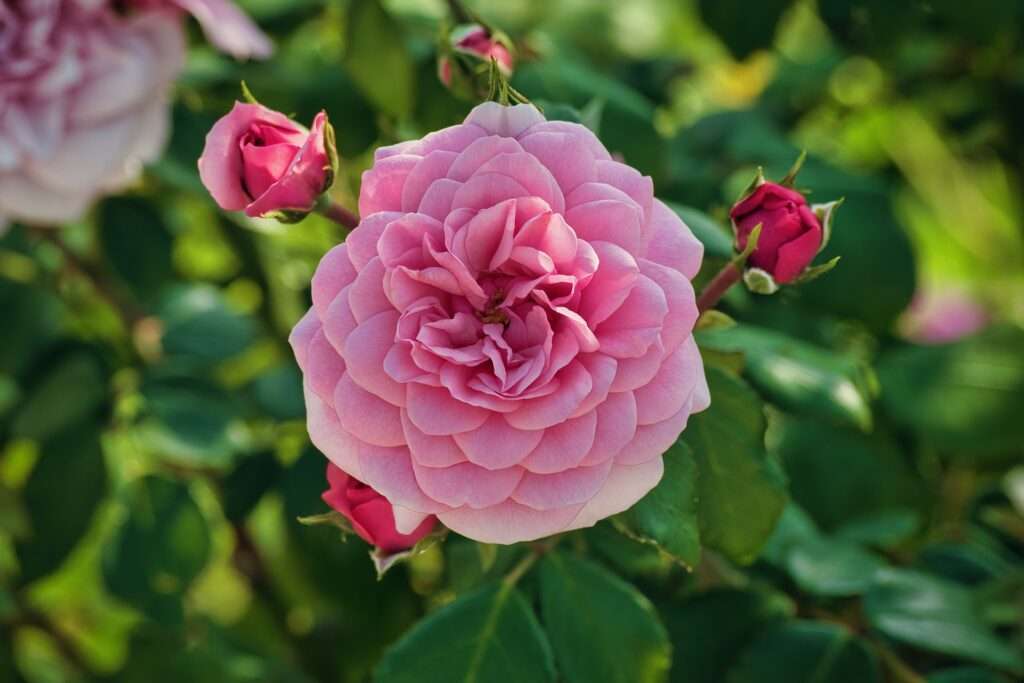
Sunlight Requirements
Roses are like sunbathers at the beach—give them 6-8 hours of direct sunlight daily, and they’ll bloom like they’re on a tropical vacation. South-facing spots are their VIP lounges, soaking up rays like they’re at a spa. If your garden has shady spots, no worries—choose rose varieties that can handle a bit of shade, like the chill sunbathers they are.
Soil Conditions
Underneath every rose, there’s a whole underground party of soil chemistry going on. Roses thrive in soil that’s not too acidic, not too alkaline—think of it like finding the perfect pH balance for a skincare routine. Test your soil pH like a beauty guru, aim for that sweet spot between 6.0 and 6.5, and mix in some organic compost for that extra glow-up. Sandy loam or loamy soil types are like the supermodels of rose soil—draining well but still holding onto moisture like it’s the last drop of a fancy moisturizer.
Selecting the Right Spot in Your Garden
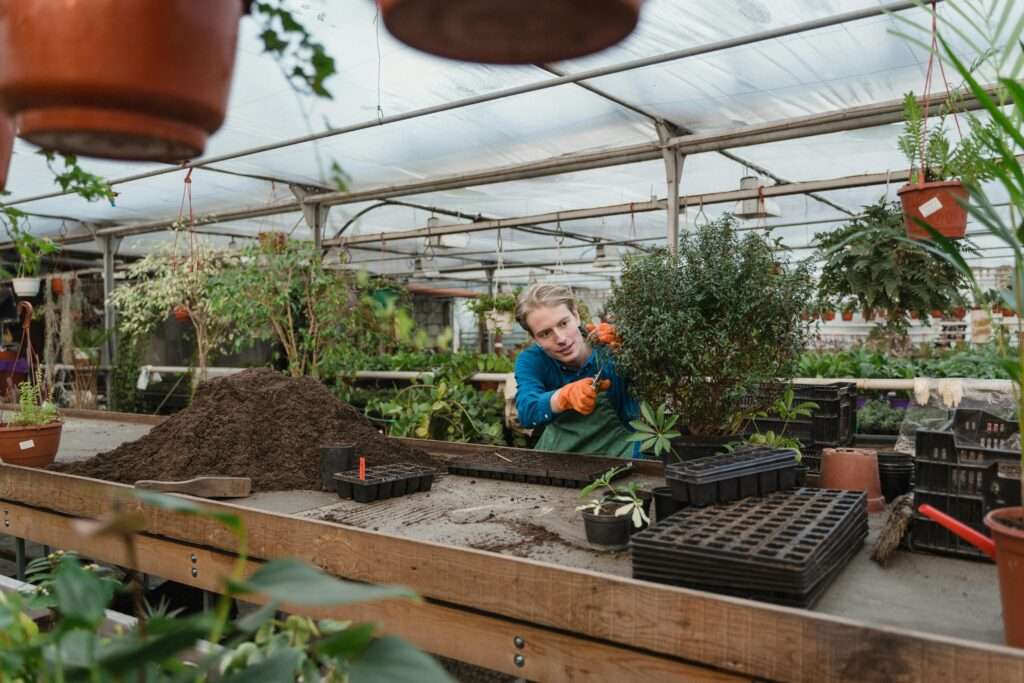
From cozy nooks to grand stages, where you put your roses can make all the difference in their performance.
Air Circulation and Drainage
Picture your roses as celebrities at a party—they need their personal space and plenty of fresh air to shine. Good airflow around their leaves keeps them looking fresh and fends off party crashers like mildew and spots. Prune them like you’re giving them a haircut—just enough to keep things breezy. And don’t forget drainage! Nobody likes soggy roots, not even roses. Give them well-drained soil so they can strut their stuff without getting waterlogged.
Shelter from Wind and Harsh Elements: best place for roses to grow
Roses love to soak up the sun, but they’re not fans of windy days that mess up their hair (or petals). Plant them where they can cozy up to walls, hedges, or other plants that act like their personal bodyguards against gusty days. Create little microclimates where delicate roses can relax away from the harsh elements, like setting up a spa retreat for them in the garden.
Best Places and Spots for Growing Roses
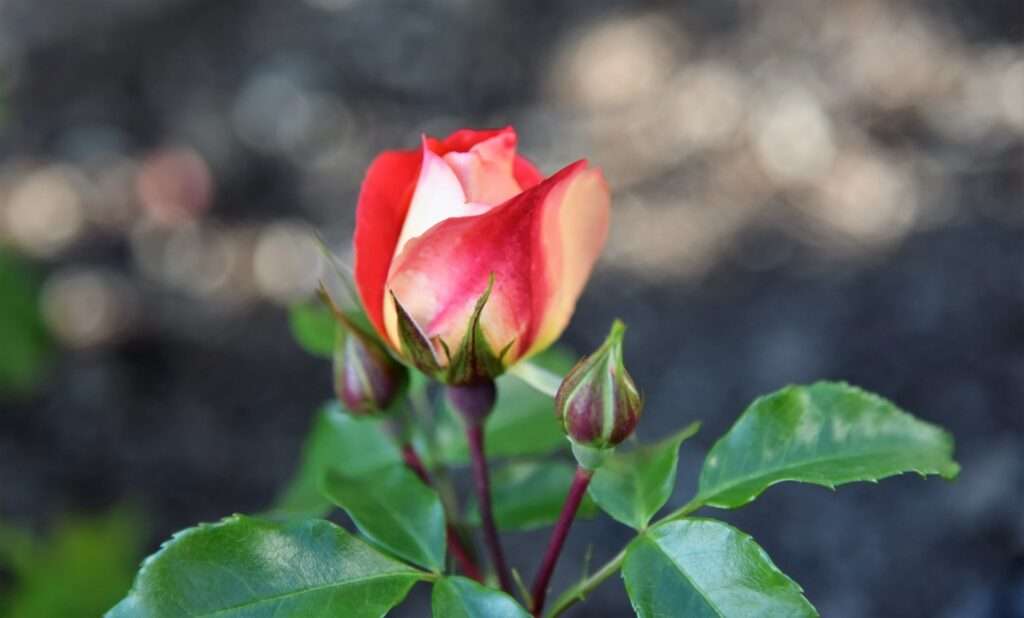
Get creative with where you plant your roses—they’re versatile beauties that can thrive in all sorts of setups.
Raised Beds and Containers
Think of raised beds and containers as the penthouse suites for your roses. They elevate their status (literally) with better drainage and warmer soil, like a cozy blanket on a chilly night. Choose big pots with drainage holes and fill them with the VIP treatment—high-quality potting mix made for roses. Perfect for balconies, patios, or any spot where roses can show off their blooms to the world.
Rose Gardens and Borders
Designing a rose garden is like planning a party—mix and match colors, bloom times, and personalities for a garden that’s always in bloom. Roses love mingling with other flowers and herbs, like they’re at a garden soiree making new friends. Give them space to strut their stuff and a bit of TLC to keep the party going strong.
Climatic Considerations
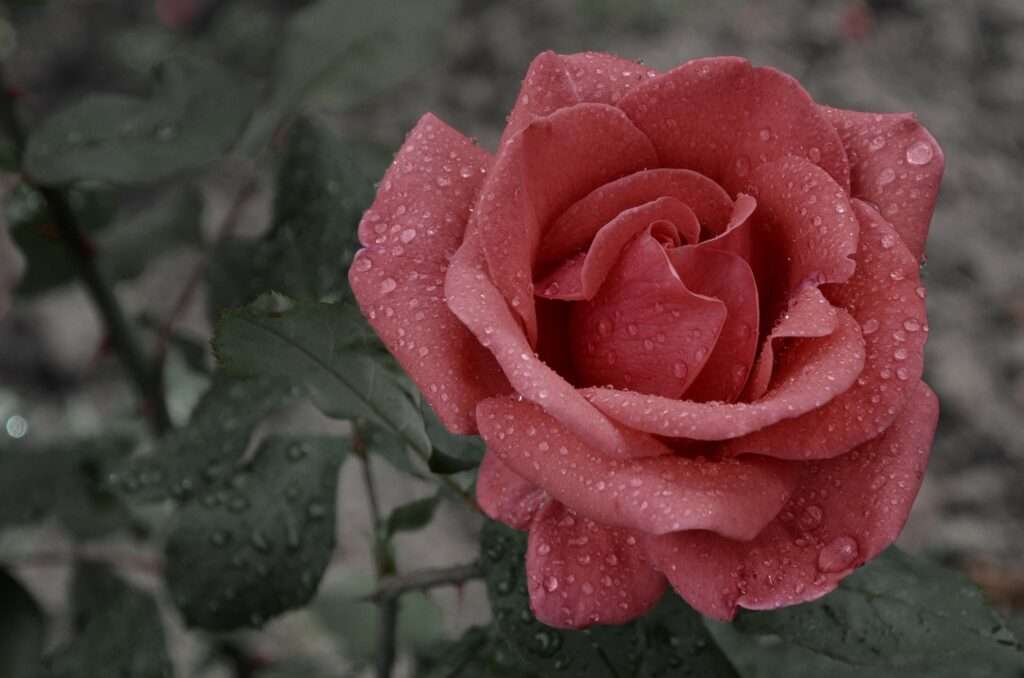
Navigate the ups and downs of your local climate to keep your roses happy through all seasons.
Cold Hardiness Zones
Winter can be a bit of a drama queen for roses, but some varieties are tough cookies. Check your garden’s zone like you’re planning a winter vacation—choose roses that can handle the cold and give them a cozy mulch blanket to snuggle up in. It’s like sending them off to a winter spa retreat where they come back stronger and ready to bloom again.
Heat Tolerance and Summer Care
Summer days can be scorchers, but roses have tricks up their sleeves. Pick heat-loving roses that can handle the heatwave and give them some shade during the hottest hours. Keep them hydrated like they’re marathon runners—water regularly without drowning them. Mulch around their roots like you’re tucking them in for a nap, keeping the soil cool and moisture in check. Prune in spring like you’re giving them a summer haircut, keeping things tidy and airflow fresh.
Conclusion
Roses are the superstars of the garden, bringing beauty, fragrance, and a bit of drama wherever they bloom. By finding their perfect spot—whether it’s a sunny border, a cozy container, or a full-blown rose garden—you’ll unleash their full potential. Embrace the joy of growing roses and let their timeless elegance transform your garden into a floral paradise. Happy gardening, and may your roses bloom with laughter and petals galore!
Learn more about best place for roses to grow
What are the best sunlight conditions for growing roses?
Roses thrive on 6-8 hours of direct sunlight daily. South-facing locations are ideal for maximum sun exposure, but they can also tolerate partial shade in areas with less sunlight.
How important is soil quality for roses, and what type of soil do they prefer?
Soil quality is crucial for healthy rose growth. Roses thrive best in soil that drains well and has a pH range of 6.0 to 6.5. Sandy loam or loamy soil types are ideal as they provide good drainage while retaining necessary moisture.
What factors should I consider when choosing a location in my garden for planting roses?
Consider factors like air circulation, drainage, and protection from strong winds. Roses need good airflow to prevent diseases like powdery mildew and should be planted in spots sheltered from harsh elements.
Can roses be grown in containers or raised beds?
Yes, roses thrive in containers and raised beds, which offer better drainage and warmer soil conditions. Large pots with drainage holes and high-quality potting mix are recommended for container gardening.
How do I care for roses in different climates, especially during winter and summer?
In cold climates, choose cold-hardy rose varieties and provide winter protection like mulching. During hot summers, ensure roses have adequate hydration, afternoon shade, and mulch to regulate soil temperature and moisture levels.

